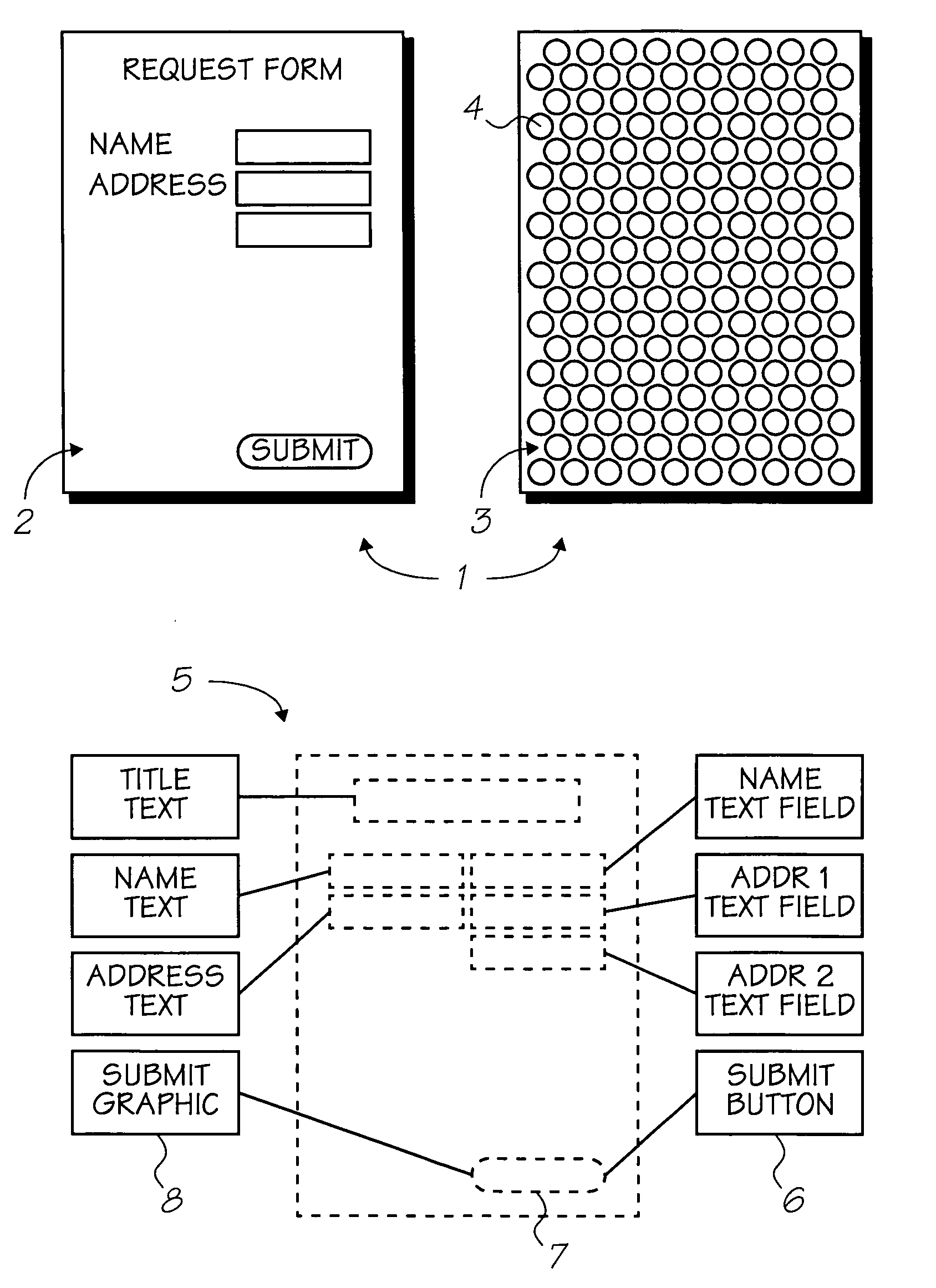Nitrogen-substituted water-dispersible phthalocyanine dyes
a technology of phthalocyanine and nitrogen-substituted water, which is applied in the field of redshift nearir dyes, can solve the problems of not being able to formulate prior art dyes into ink compositions suitable for netpage or hy, commercially available and/or prior art inks
- Summary
- Abstract
- Description
- Claims
- Application Information
AI Technical Summary
Problems solved by technology
Method used
Image
Examples
preparation 1
3-Pyrrolidinophthalonitrile (1)
[0340]
[0341] A mixture of 3-nitrophthalonitrile (985 mg, 5.69 mmol), freshly dried potassium carbonate (3.0 g, 21 mmol) and pyrrolidine (15 mL) were heated at reflux for 4 h. The reaction mixture was poured into water (250 mL) to precipitate the product, and this was filtered off, washed with water, and dried to give 1 as an olive-brown powder (633 mg, 56%).
[0342]1H NMR (300 MHz, CDCl3): δ 2.05 (4H, t, J=6.6 Hz); 3.65 (4H, t, J=6.6 Hz); 6.81 (1H, d, J=8.6 Hz); 7.00 (1H, d, J=8.9 Hz); 7.49 (1H, dd, J=8.8, 8.8 Hz).
example 1
Tetrapyrrolidinophthalocyanine (2)
[0343]
[0344] To a solution of 3-pyrrolidinophthalonitrile 1 (511 mg, 2.59 mmol) in 1-butanol (20 mL) heated at reflux was added lithium metal (125 mg, 18 mmol) and heating was continued for 1 h. The dark-brown solution was cooled to room temperature and methanol (50 mL) followed by acetic acid (17 M, 5 mL) were added to the solution before stirring for a further 1 hour. The product was filtered off, washed with methanol, water, methanol and ether, and dried to give 2 as a dark red-brown powder (187 mg).
[0345] UV-Vis-NIR (dichloromethane): 807 nm.
preparation 2
3-Piperidinophthalonitrile (3)
[0346]
[0347] A mixture of 3-nitrophthalonitrile (497 mg, 2.87 mmol), freshly dried potassium carbonate (2.0 g, 14 mmol) and piperidine (10 mL) was heated at reflux for 4 h. The reaction mixture was poured into water (200 mL) to precipitate the product, which was filtered off and washed with water. The crude product was purified by recrystallisation from aqueous ethanol to give 3 as a beige powder (332 mg, 55%).
[0348]1H NMR (300 MHz, CDCl3): δ 1.6-1.8 (6H, m); 3.26 (4H, t, J=4.6 Hz); 7.21 (1H, d, J=8.6 Hz); 7.25 (1H, d, J=8.9 Hz); 7.51 (1H, dd, J=8.8, 8.8 Hz).
PUM
 Login to View More
Login to View More Abstract
Description
Claims
Application Information
 Login to View More
Login to View More - Generate Ideas
- Intellectual Property
- Life Sciences
- Materials
- Tech Scout
- Unparalleled Data Quality
- Higher Quality Content
- 60% Fewer Hallucinations
Browse by: Latest US Patents, China's latest patents, Technical Efficacy Thesaurus, Application Domain, Technology Topic, Popular Technical Reports.
© 2025 PatSnap. All rights reserved.Legal|Privacy policy|Modern Slavery Act Transparency Statement|Sitemap|About US| Contact US: help@patsnap.com



